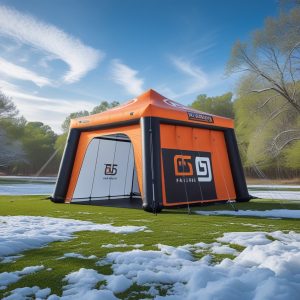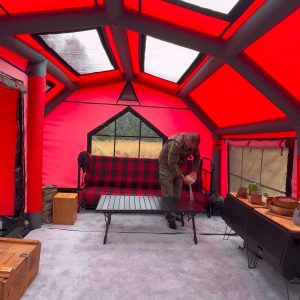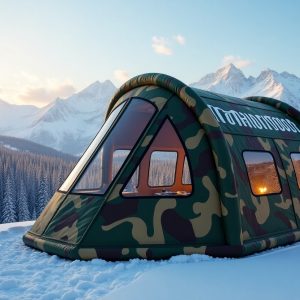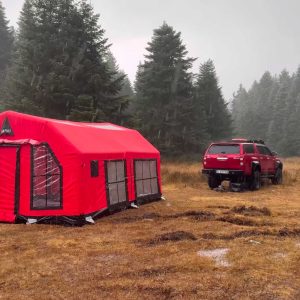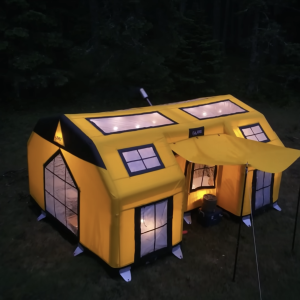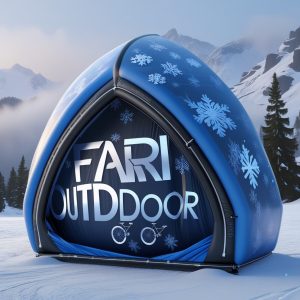
Are Inflatable Tents Good in Wind?
Inflatable tents, while a relatively new innovation in the camping world, have gained popularity due to their ease of setup, durability, and spacious interiors. However, one of the common concerns about inflatable tents is how they perform in windy conditions. The short answer is that inflatable tents can be good in wind, but there are certain factors to consider.
How Inflatable Tents Perform in Wind
1. Stability of Air Beams
Unlike traditional tents that use metal or fiberglass poles, inflatable tents rely on air beams to create structure and provide stability. The air beams are usually made from durable materials that can withstand some level of wind. However, they are not as rigid as traditional poles, which may make them more vulnerable to high winds. That being said, inflatable tents are typically designed with strong materials and features like reinforced seams to offer protection in moderate winds.
2. Design and Shape
The design and shape of the inflatable tent can significantly impact how it handles wind. Many inflatable tents are designed with aerodynamics in mind, featuring streamlined shapes that reduce wind resistance. For example, tents with a dome or tunnel shape are better equipped to handle wind because these shapes allow the wind to flow smoothly over the structure. A wind-resistant inflatable tent will have a more stable shape and be less likely to be affected by gusts of wind.
3. Stakes and Guy Lines
One of the key factors that enhance the wind resistance of any tent, including inflatable models, is how well it is staked down and secured. Inflatable tents typically come with strong stakes and guy lines that can be used to anchor the tent firmly to the ground. Ensuring the tent is properly staked and guyed out will help it maintain stability in windy conditions. Many inflatable tents also come with additional guy points that allow you to secure the tent more effectively, offering extra protection against strong winds.
4. Wind Speed Tolerance
Inflatable tents are generally suitable for moderate winds (around 20 to 30 mph or 30 to 48 km/h). In strong winds (40 mph or higher), they may struggle to remain stable without additional precautions. Some high-end inflatable tents are specifically designed to handle more extreme conditions and can withstand stronger winds, but it is always advisable to check the manufacturer’s specifications to understand the wind tolerance of your tent.
5. Material Quality
The materials used in inflatable tents can also impact their wind resistance. High-quality fabrics that are waterproof and tear-resistant, such as polyester or ripstop nylon, will offer better protection from wind and weather conditions. Be sure to choose an inflatable tent with durable, weather-resistant material for added peace of mind in windy conditions.
Tips for Improving Wind Resistance of Your Inflatable Tent
– Choose a Tent with a Low Profile: Tents with a lower profile are less likely to catch the wind and are more stable in gusty conditions.
– Secure the Tent Properly: Make sure to use the provided stakes, guy lines, and additional anchors if necessary. The more securely your tent is anchored, the better it will handle wind.
– Set Up in Sheltered Areas: If possible, set up your tent in a location that offers some natural wind protection, such as behind rocks, trees, or natural ridges.
– Avoid High Wind Areas: If you know that a storm or strong wind is coming, it’s best to avoid setting up in open areas like beaches or mountaintops where winds are more likely to be stronger.
Conclusion
Inflatable tents are a viable option for camping in windy conditions, provided they are used appropriately and with the necessary precautions. While they may not be as wind-resistant as traditional pole tents, modern inflatable tents have been designed with stability and weather resistance in mind. Choosing a high-quality, well-designed inflatable tent, properly securing it with stakes and guy lines, and being mindful of the wind speed can help ensure that your inflatable tent provides you with a comfortable and safe shelter in windy conditions.
If you’re planning to camp in strong winds, it’s always a good idea to consult the tent’s specifications and consider factors such as tent design, material, and additional features to ensure you’re choosing the best inflatable tent for your needs.
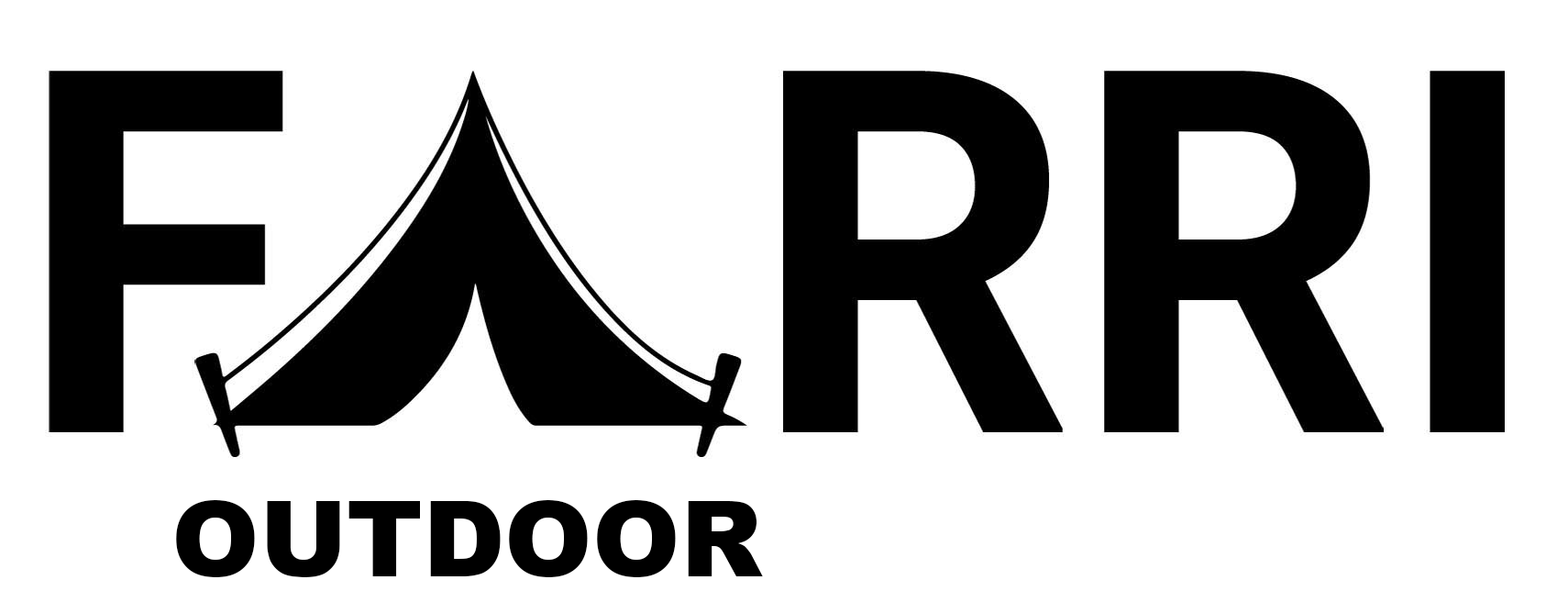
 FARRI OUTDOOR | Inflatable Tents | Air Tents |
FARRI OUTDOOR | Inflatable Tents | Air Tents |


